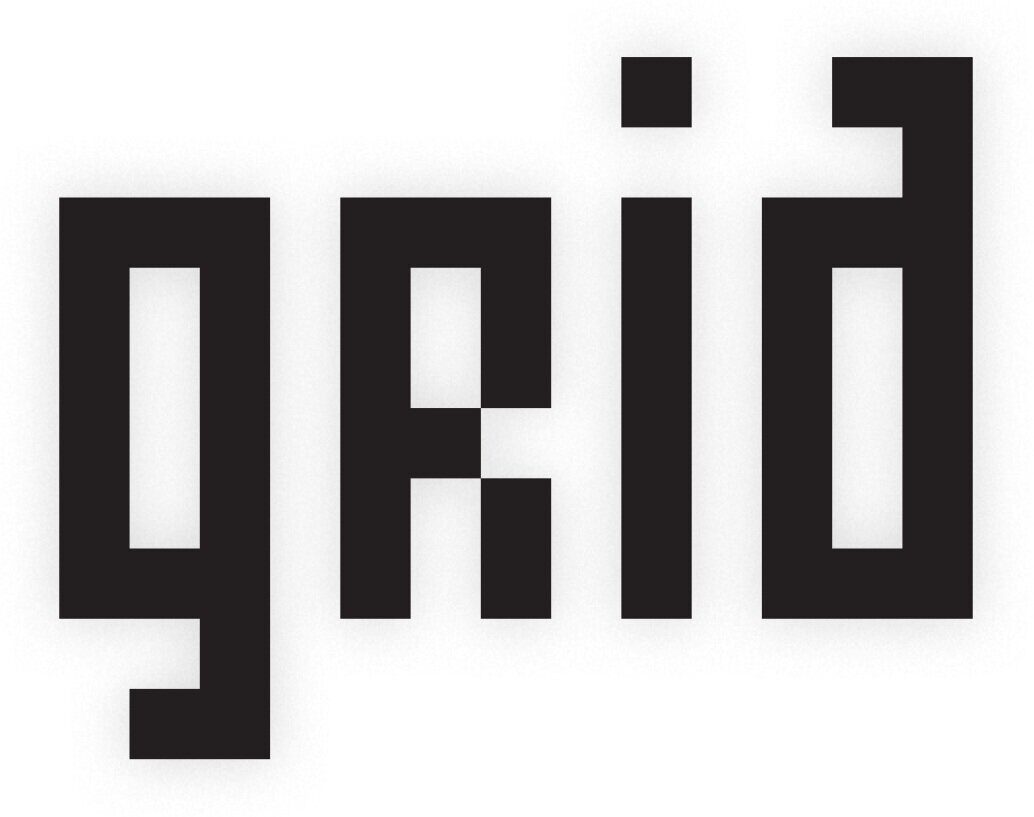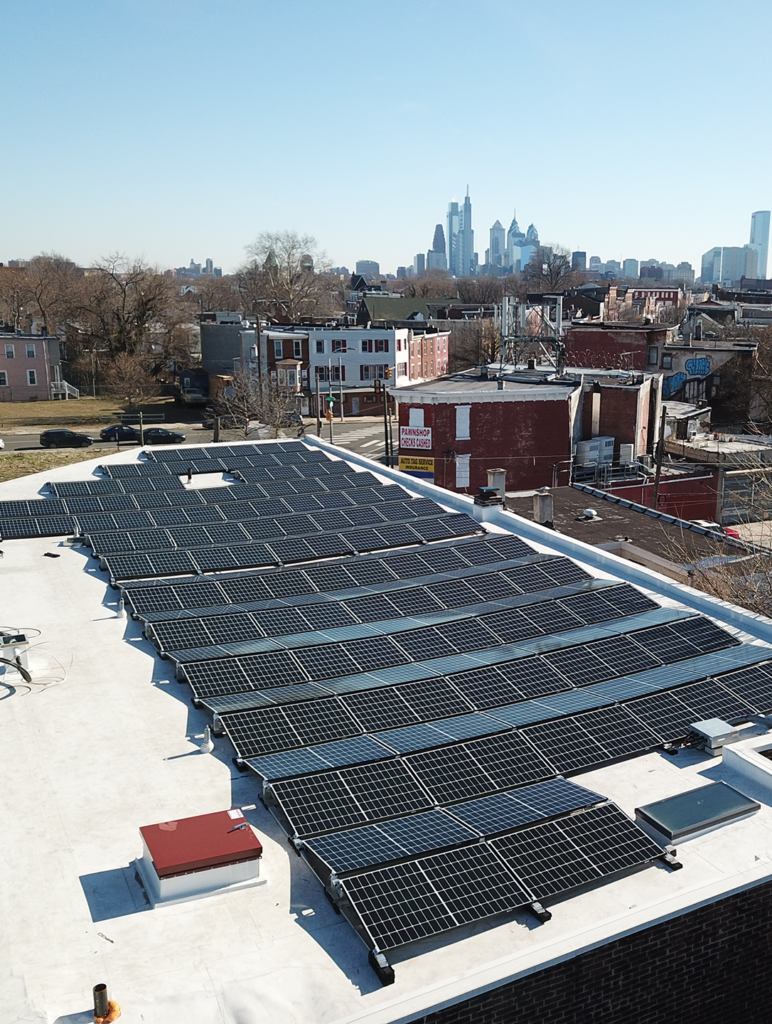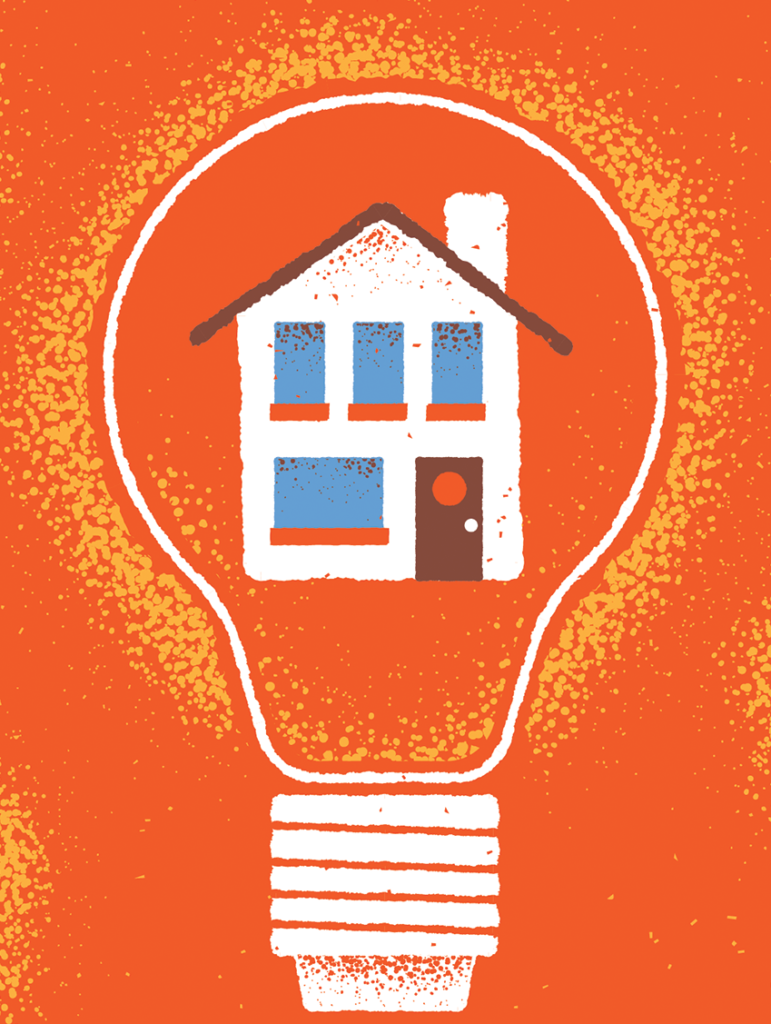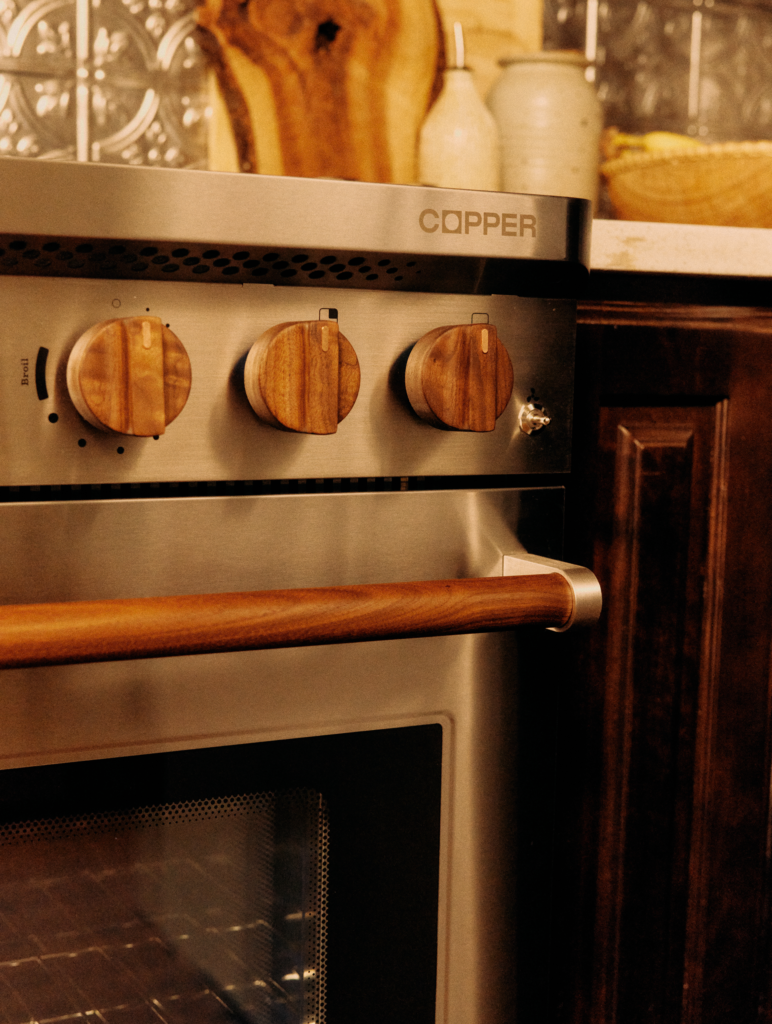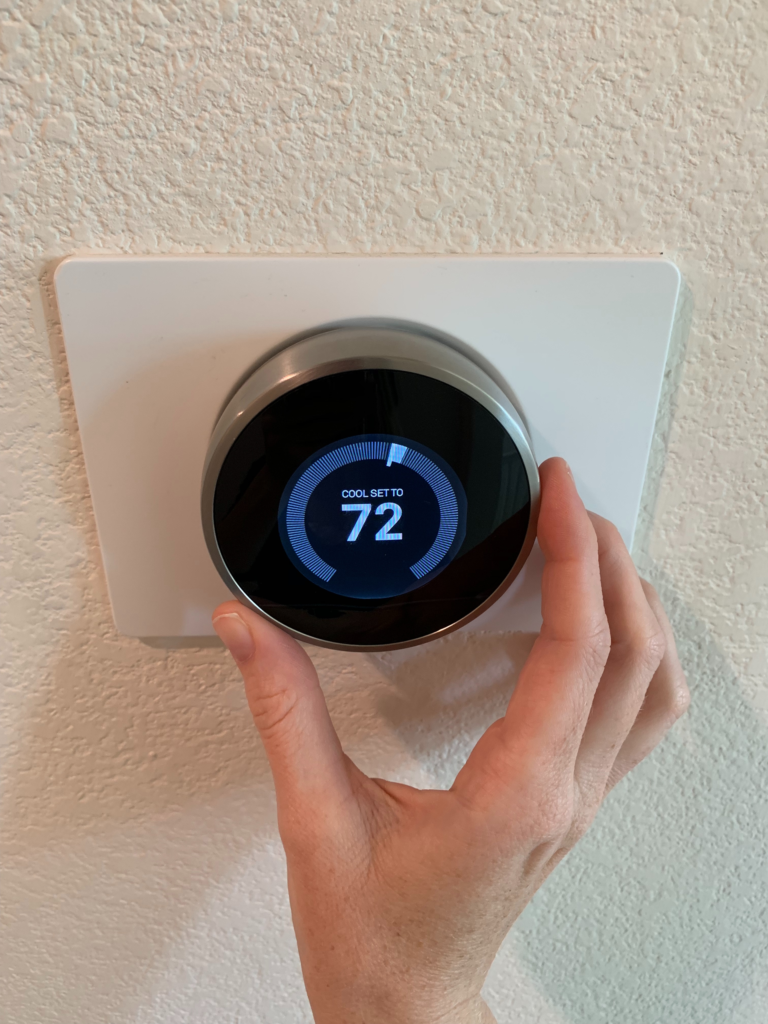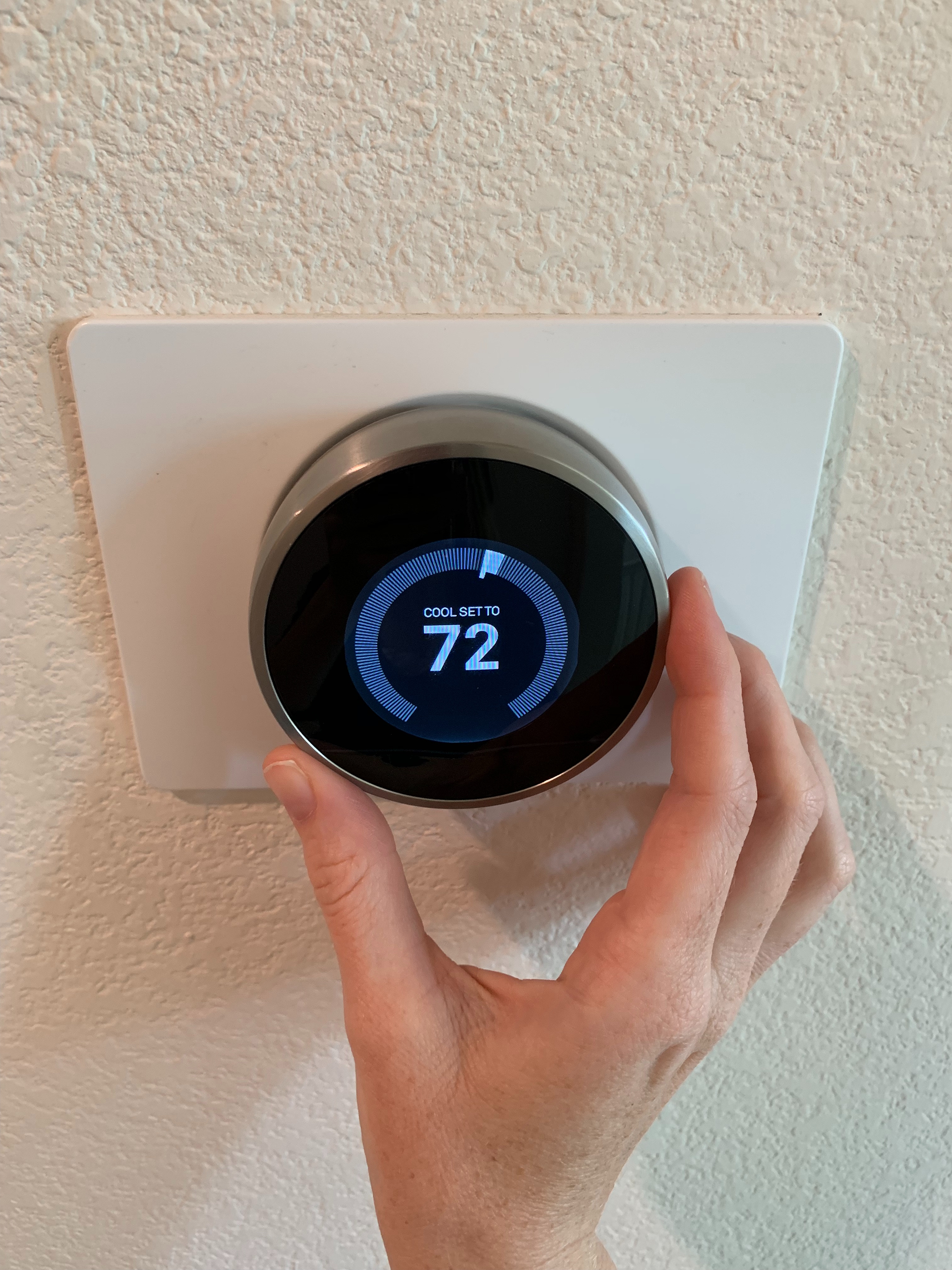Before you begin your journey toward electrification, you need to find out where your home is losing energy. A skilled energy auditor doesn’t just inspect — they diagnose, prioritize and recommend solutions tailored to your home’s unique needs. Selecting the right person can make all the difference. Ask these questions to help determine whether a prospective auditor has the right stuff.

1. Will the energy audit include a review of my home’s utility bills?
A comprehensive energy audit should include a review of your utility bills for the past 12 months. Reviewing utility bills helps the auditor understand your home’s energy usage patterns, seasonal variations and potential inefficiencies. It provides a baseline for measuring improvements and identifying the largest areas of energy waste.
2. Does the energy audit analyze my home’s air leakage rate using a blower door test?
A blower door test is a standard diagnostic tool used to measure air leakage in the home. Air leaks can significantly increase energy costs by allowing conditioned air to escape and outdoor air to infiltrate. Measuring the air leakage rate helps pinpoint areas that need air sealing to improve energy efficiency and comfort. (PECO Energy Assessments do not provide a blower door test. The advanced audit, Energy Assessment PLUS, does provide a blower door test but is reserved for those with electric heating and is more expensive.)
3. Does the audit include a thermal evaluation of my home using an infrared camera?
An infrared camera is typically used to detect temperature variations in walls, ceilings and floors. Thermal imaging identifies areas of poor insulation, air leaks and thermal bridging that are not visible to the naked eye. This ensures that the auditor can recommend targeted solutions for energy loss.
4. How does the energy audit provide recommendations? Will the auditor create a prioritized list of recommendations that aim to improve my home’s energy efficiency, comfort, health and safety?
The auditor should provide a detailed report with a prioritized list of recommendations based on potential energy savings, cost-effectiveness and improvements to comfort, health and safety. A prioritized list helps homeowners focus on the most impactful and affordable improvements first. It ensures that upgrades align with homeowner goals.

5. Does the list of recommendations include estimated costs and quantified benefits for each item?
The report should include estimated costs, expected energy savings and potential payback periods for each recommendation. Providing cost estimates and benefits allows homeowners to make informed decisions and plan for investments. Quantified benefits, such as reduced utility bills, provide transparency and help justify the upfront costs of improvements.
6. What improvements and opportunities will be included under the recommendations
Recommendations should cover a range of opportunities, including air sealing, insulation, HVAC upgrades, lighting improvements, renewable energy options (like solar) and addressing health and safety concerns (e.g., carbon monoxide risks, mold). Comprehensive recommendations address both energy efficiency and overall home performance. For example, improving indoor air quality and ensuring safety are critical for long-term health and comfort, in addition to lowering energy bills.
7. Does the auditor hold any unique qualifications such as Building Performance Institute (BPI) certifications?
Reputable auditors often hold certifications such as BPI, RESNET HERS Rater or state licenses for energy auditing. Credentials ensure that the auditor is trained and qualified to assess home performance accurately and recommend appropriate upgrades. Certified professionals follow industry standards, giving homeowners confidence in the audit’s quality and recommendations
